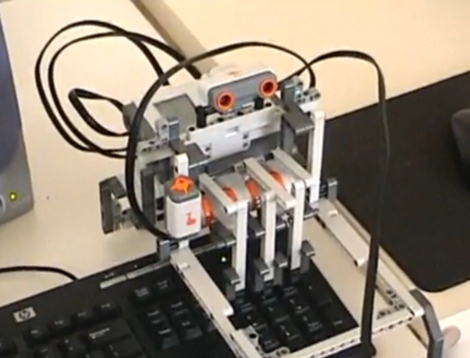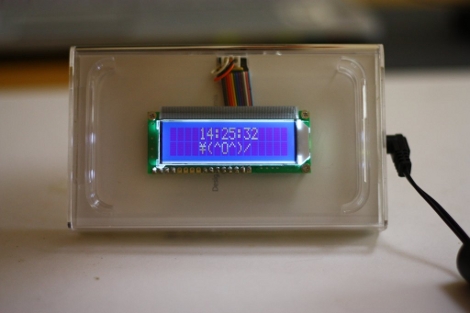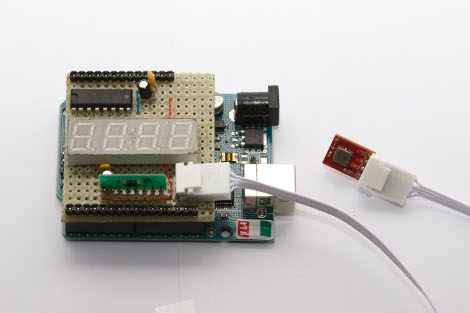
Obviously you’ve got too much hacking to do right now, but that game of Tetris isn’t going to play itself. [Branislav Kisacanin] has you covered with his Tetris-playing robot which is build with LEGO Mindstorm pieces. The setup is actually pretty complicated. A Texas Instruments DM6437 video development board watches the computer screen via a webcam and calculates the next move. It then outputs that to a grid of LEDs which the Mindstorm watches using a light sensor. See it in action after the break and then take some time to check out our other various Tetris based hacks.












